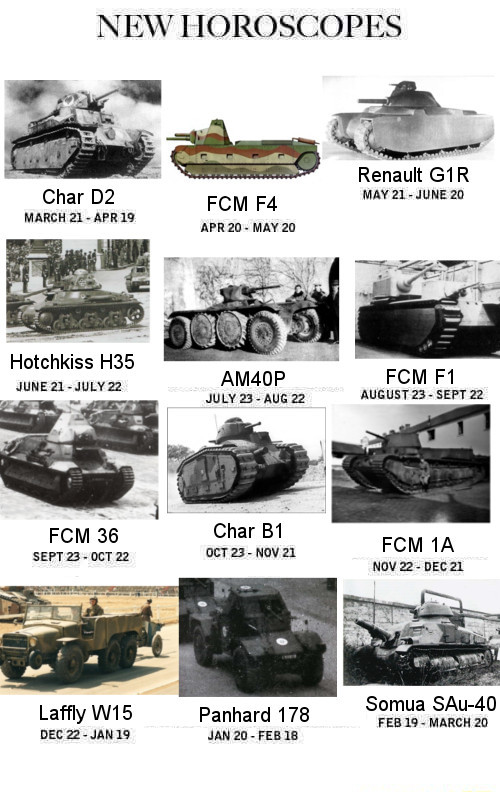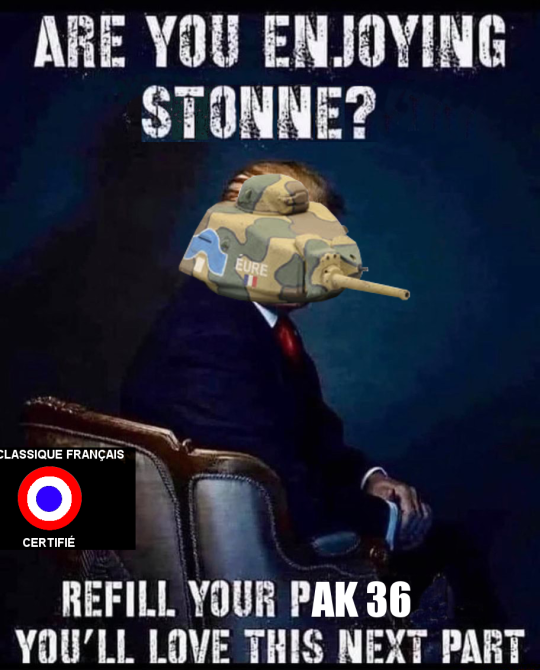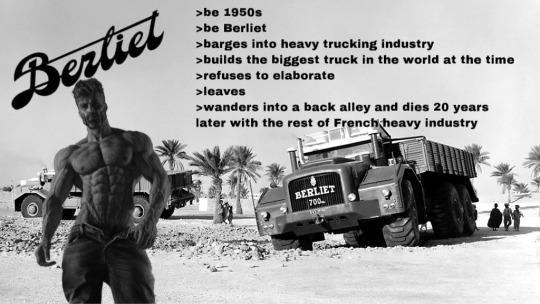Text

If French tanks was a beer 😳😂
17 notes
·
View notes
Text
The Char Léger Transportable por Avion
Like the British and Americans would do later in WWII with the Tetrarch and Locust tanks, the French also pursued the idea of an airborne tank. The French began playing with this idea in 1936, predating both the British and American tanks.
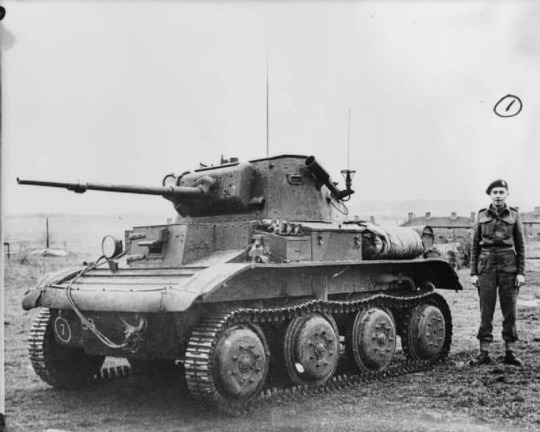
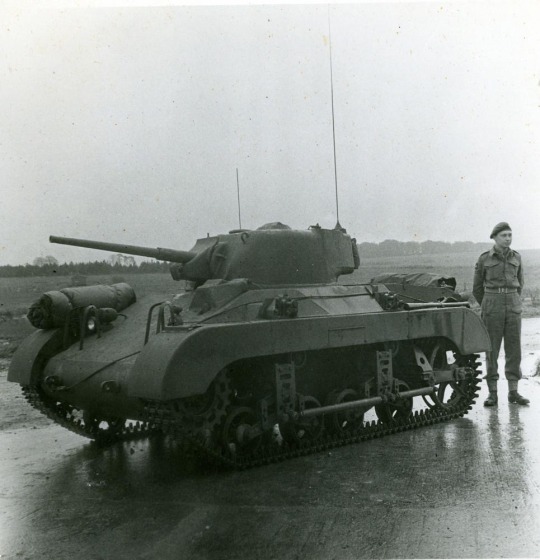
According to French military historian Francois Vauvillier in his book Les Automitrailleuses de Reconnaissance, the order was made on May 18th of 1936 and assigned to Renault. The tank was to be based on the AMR 35, but with a cast and welded hull as opposed to riveted. The turret was to be similar in look and function to the Renault G1R’s Balland turret, to reduce the weight to the required 5 ton limit. The tank was to have a 37mm main gun and a 7.5mm machinegun.
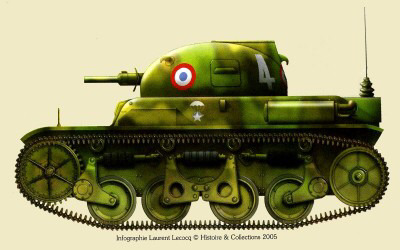
There was one problem with the project though, there was no suitable French aircraft to carry this tank. Renault, wanting to push through (yet another) light tank contract, proposed to modify a Bloch MB300 aircraft with a platform that could raise and lower in a matter of seconds. Ultimately though, the project never advanced beyond paper.

Before I found out these pictures existed, I had tried to draw up my own realization of this tank. Comparing it to the rendering, it seems that I hit the mark pretty close to what Mr. Vauvillier envisioned it would’ve looked like.

(Although I made the assumption that they wouldn’t bother to put a radio on it, like most French light tanks...)
#chars#char#french tank#tanks#france#wwii#tank#Renault#1936#M22 Locust#Tetrarch#airborne tanks#AMR 35
25 notes
·
View notes
Text
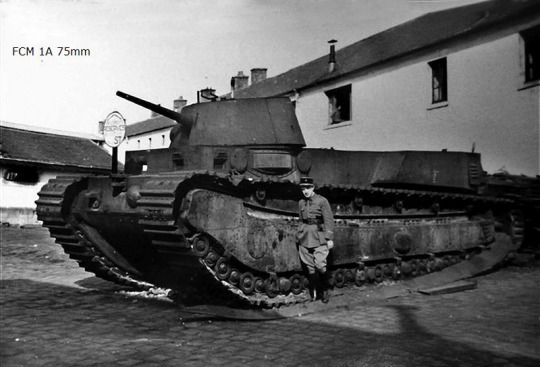
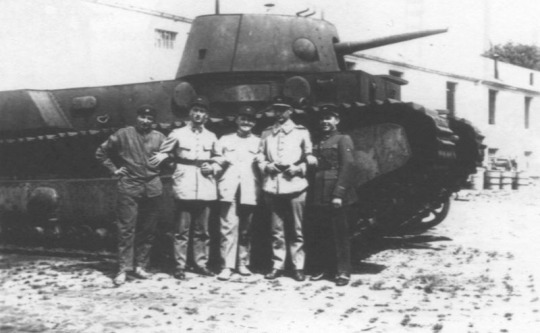




The FCM 1A, the would be King of all Tanks, had it not been rejected in favor of the much larger Char 2C.
The prototype was built in 1916 and tested in 1917, with a short 105mm howitzer. It represented the pinnacle of French tank development during WWI, with its only noted fault being it’s difficulty in turning.
After testing it was proudly placed in front of the Versailles tank school, before having its tracks removed and placed into storage in an inner courtyard of the school.
There it would sit until at least 1940, after which it is presumed the Germans scrapped it, having no need for the outdated piece of history. After all, they already had one of the Char 2Cs…
#FCM#fcm 2c#Char 2C#char#chars#French tanks#french army#French tank#tanks#heavy tank#superheavy#superheavy tanks#WWI#WWI tanks
45 notes
·
View notes
Text
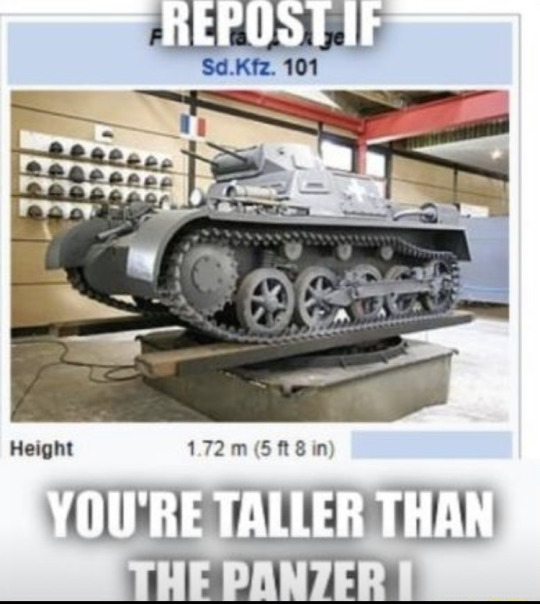

Another win for char gangue
18 notes
·
View notes
Text
What I believe would’ve been the best french vehicles of 1940-1944
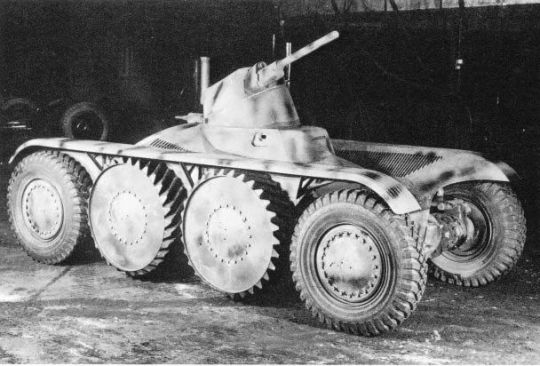
Panhard AM40P
This was Panhard’s response to the French Army’s consolidation of all the reconnaissance vehicles into one class (the auto-mitrailleuse puissante), the AM40P performed so well in trials that the French Army immediately ordered 600, to be fitted with the new 47mm SA39 gun. It’s 60mm of armor, 80km/h top speed, and SA39 main gun would’ve made it a very formidable beast, though its cramped turret would likely prevent up-arming anything past 47mm, and its effectiveness would’ve began to dwindle late in the war.
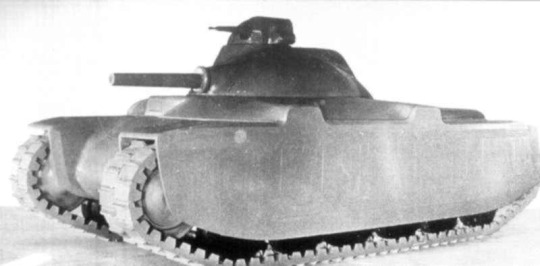
Renault G1R
The Renault G1R almost emerged victorious out of the development hell of the Char G1 project. One look at it and you can tell it would’ve stood beside the Sherman and Panzer IV, and its overall specifications were similar. Some interesting things to note about the G1R are its very well angled turret, its torsion bar suspension and its floor-mounted gun. It was to have 50mm of armor, an up-rated version of the Char B1′s engine, and a 75mm main gun, the type of which has been disputed. The design of the G1R would’ve led it to be modified and upgraded in similar ways as the Sherman.

ARL-40
The ARL-40 was to be mass-produced in 1940 to provide an SPG to the infantry. While appearing to be a very modest design, it sat slightly larger than the Stug or the SU tanks. Its main selling point would’ve been its upgradability - the 75mm gun it originally mounted was unnecessarily oversized, and the gun could be pulled into the tank to reduce the length. This meant that the inside was spacious and the tank itself could mount much larger guns, likely up to the 90mm DCA guns designed in the late 1930s, and their post-war continuations. This tank could have possibly served all the way through WWII and on into the 50s, mounting increasingly heavier main cannons. What it lacked against the Stug or SU in armor and concealment, it would make up in sheer firepower.
204 notes
·
View notes
Photo
Wasn’t the line actually pretty effective at stopping the Vietcong (or whatever they were called at this point) until the leading commander got replaced and it all went to shit?

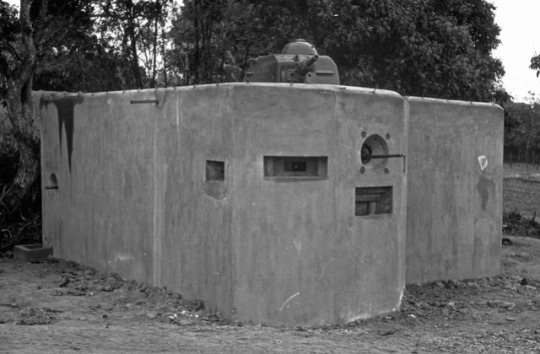
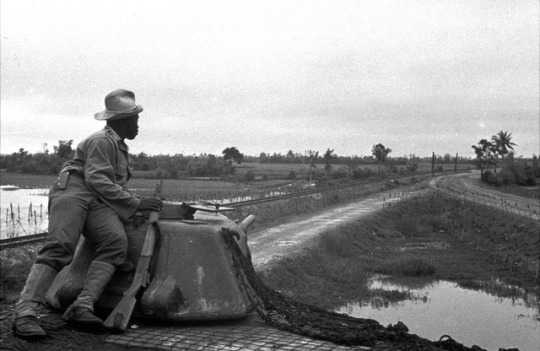
The De Lattre Line, named after General Jean de Lattre de Tassigny, was a line of concrete fortifications, obstacles, and weapons installations constructed by the French around the Red River Delta in northern Vietnam.
https://ostfront.forumpro.fr/t4249-la-guerre-d-indochine
185 notes
·
View notes
Text
True, but in the 1920s, “tank guns” were slightly longer versions of the 37mms the french had fielded throughout WWI, and even in 1940 this was only 47mms. With what you said in mind it is surprising how long wheeled tank guns worked, from the EBR to ERC and the AMX 10RC. Even if lighter guns cause less stress and vibration on the chassis the heavy guns remained effective all throughout the Cold War


The Death of the Char à Roues
Just over a hundred years ago the french artillery commander General Estienne began laying down the framework for France’s (and to an extent the world’s) tank philosophy. One pillar of this was the Char à Roues, a tank on wheels. The idea was to combine the firepower of a tank gun with the speed and maneuverability of an off road armored car.
The first dabble into this was the Renault SK of the early 1920s, taking the gun and turret of the Char D1 and seating it on an 8x8 chassis. The idea would be revived prior to WWII in the form of the Automitrailleuse Puissante and the AM40P, which would birth the post-war EBR.
Today, the French Army uses the AMX 10RC, which places a high powered 105mm gun onto a 6x6 chassis, making it one of the most powerful wheeled fighting vehicles. The AMX 10RC is set to be replaced by the Jaguar EBRC, which shifts more towards the side of conventional IFVs such as the Bradley. With a 40mm autocannon and anti-tank rockets replacing the 105mm tank turret, the Jaguar only carries the 6x6 layout from the AMX 10RC. After over 100 years, it seems Estienne’s vision may be fading away, as the departure of the AMX leaves only the ERC armored car as the last Char à Roues in active French service.
19 notes
·
View notes
Text


The Death of the Char à Roues
Just over a hundred years ago the french artillery commander General Estienne began laying down the framework for France’s (and to an extent the world’s) tank philosophy. One pillar of this was the Char à Roues, a tank on wheels. The idea was to combine the firepower of a tank gun with the speed and maneuverability of an off road armored car.
The first dabble into this was the Renault SK of the early 1920s, taking the gun and turret of the Char D1 and seating it on an 8x8 chassis. The idea would be revived prior to WWII in the form of the Automitrailleuse Puissante and the AM40P, which would birth the post-war EBR.
Today, the French Army uses the AMX 10RC, which places a high powered 105mm gun onto a 6x6 chassis, making it one of the most powerful wheeled fighting vehicles. The AMX 10RC is set to be replaced by the Jaguar EBRC, which shifts more towards the side of conventional IFVs such as the Bradley. With a 40mm autocannon and anti-tank rockets replacing the 105mm tank turret, the Jaguar only carries the 6x6 layout from the AMX 10RC. After over 100 years, it seems Estienne’s vision may be fading away, as the departure of the AMX leaves only the ERC armored car as the last Char à Roues in active French service.
19 notes
·
View notes
Text
M16s are the only guns that look so much sexier with suppressors and I can’t explain why they just do


Modern styled rifles will never look as cool as this.
754 notes
·
View notes
Text

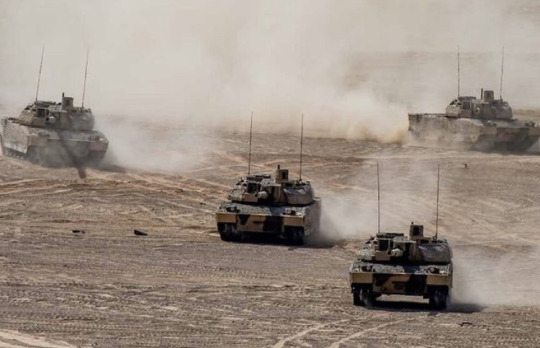
5th anniversary of the 5e RC, Leclerc tank maneuvers in the UAE
13 notes
·
View notes
Text
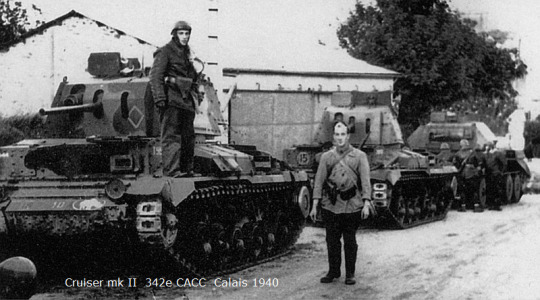
When evacuating at Dunkirk, the British army abandoned all of their equipment including their tanks. The French took about 10 Cruiser MkII tanks and used them against the Germans in the defense of Calais. Their effectiveness or if they even saw combat is not known.
82 notes
·
View notes
Text


Seems Instagram pages are stealing 1920s char á roues designs now
12 notes
·
View notes
Note
Definitely a Reibel or a MAS-38
In a theoretical world where every single gun restriction was lifted this very moment, what would the first gun you get be?
An original M16A1, preferrably a kooky make like an H&R or GM Hydramatic.
What? I'm a sucker for the basic functionality.
55 notes
·
View notes
